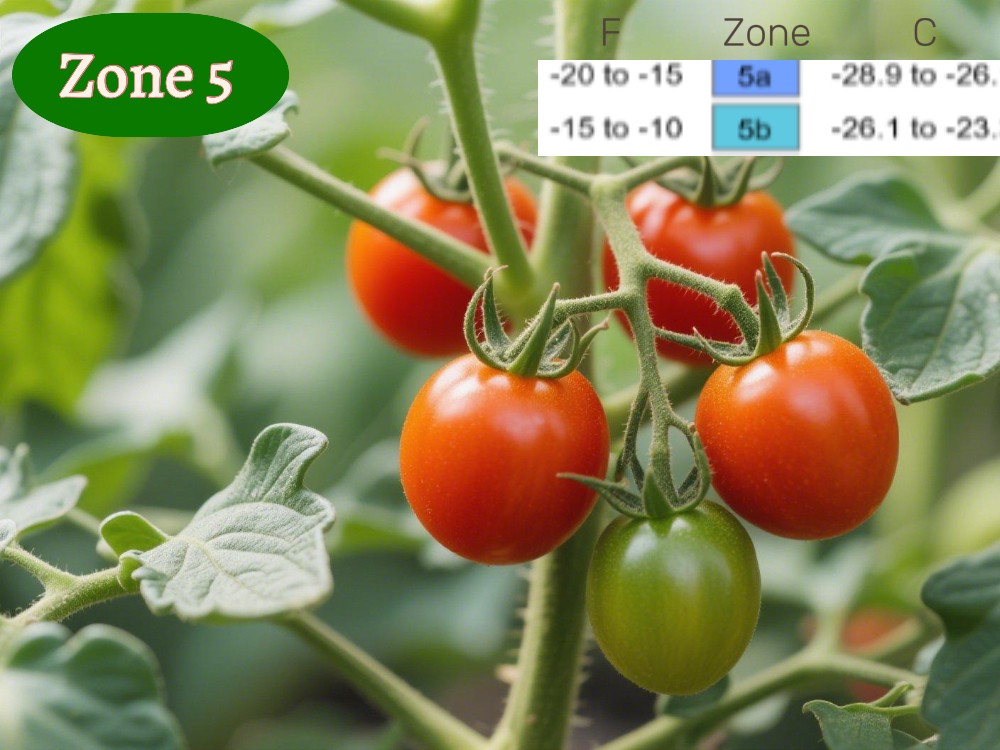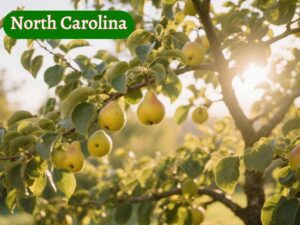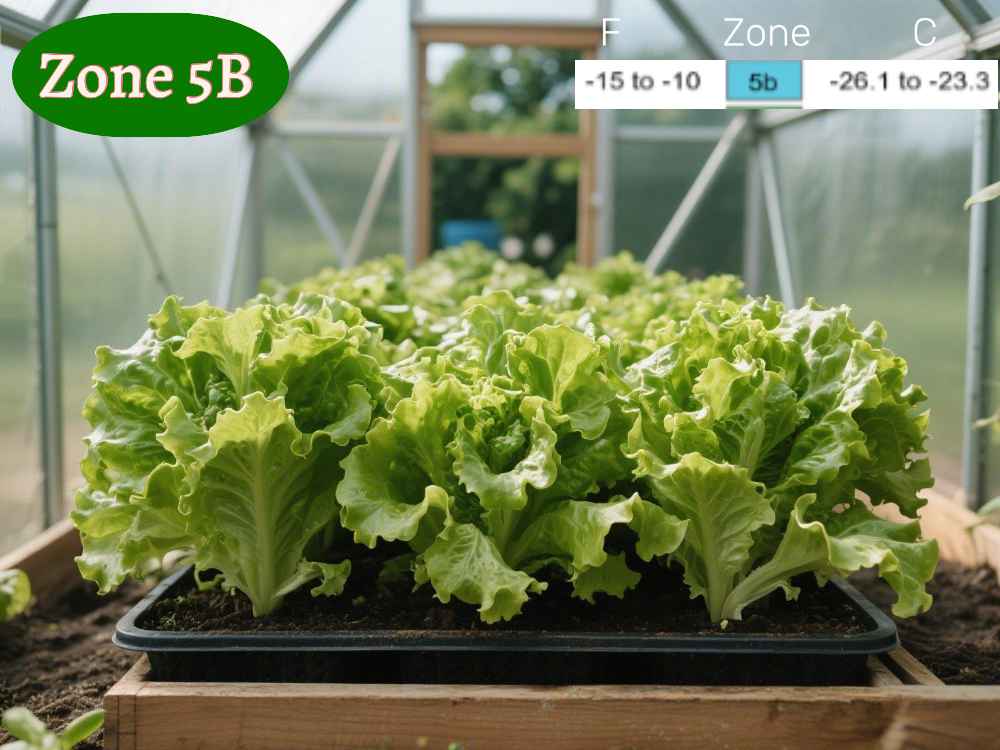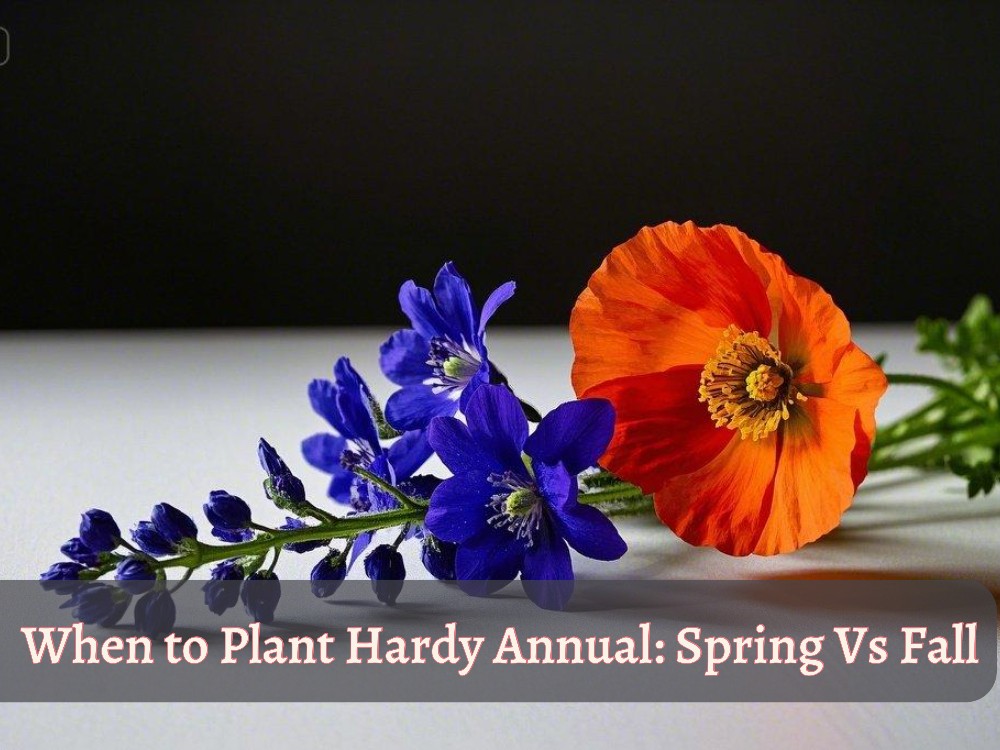Growing tomatoes in Zone 5 isn’t as simple as planting seeds once the snow melts. This zone has a short growing season, with spring frosts often lasting into early May and fall frosts starting by mid-October.
That means you need to plan carefully, especially because tomatoes are sensitive to cold and won’t survive frost.
Different tomato varieties and your local climate can slightly shift the planting time, but a general estimate based on frost dates still gives you a solid idea (here’s how).
So, does a tomato plant naturally thrive in Zone 5? Not exactly. Without protection, it’s too cold, too early, and too late.
But with indoor seed starting and smart timing based on frost dates, tomatoes can absolutely grow in Zone 5.
So, When Exactly to Plant Tomatoes in Zone 5?
Since the growing season in Zone 5 is limited to about 150 to 180 frost-free days, you need to plan around it to make sure your plants mature in time.
Tomatoes don’t do well in cold soil, and Zone 5 often stays chilly until late April or even early May. That’s why it makes sense to start seeds indoors around mid-March.
This gives tomatoes time to grow strong before the ground is ready to transplant. Once frost is past and the soil feels warm, usually by mid-May, they can go outside.
If someone wants to skip the indoor step and plant straight into the garden, they should wait until the weather is fully settled.
But not all varieties can handle that. Early types, such as Stupice or Glacier are better for direct sowing because they grow faster and finish before cold returns.
How to Grow Tomatoes in Zone 5?
The basic method of growing tomatoes stays the same, but climatee plays a big role in how well they do.
In colder regions like Zone 5, choosing the right tomato variety matters even more, especially when it comes to whether a plant is annual, perennial, or biennial. You can explore more about that in this guide on the tomato plant’s lifecycle.
Since Zone 5 gardeners deal with cooler spring soil and shorter summers, using black plastic mulch can help warm the soil faster and boost early growth.
Also, keeping frost cloths or row covers on hand for sudden temperature drops can save your plants, especially in the early or late parts of the season.
Raised beds placed in full sun spots also give tomatoes a better shot at ripening fully before the fall chill returns.
Explore More “When to Plant”
- Can You Plant a Pear Tree in the Fall? Complete Guide
- When is The Best Time to Transplant Trees for Better Growth
- Can You Grow Loquats in Georgia? What’s Reality
- When to Plant Loquat Seeds in Florida for Best Growth
- Explore When to Plant Loquat Seeds in Texas
- Do pears grow well in North Carolina? What Gardeners Must Know












